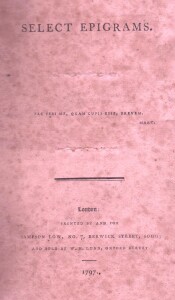 Found among papers at Jot HQ is this distinctly battered copy of volume one of Select Epigrams(1797) by William Barnes Rhodes, a rather interesting writer. Our copy lacks boards, has its title, but lacks one leaf (pages 29 and 30), three leaves (pages 57 – 62 ) , part of page 73 and pages 159 – 188. These omissions don’t exactly add to the appeal of what is left, but the incomplete book is worth reading, not least for its defects.
Found among papers at Jot HQ is this distinctly battered copy of volume one of Select Epigrams(1797) by William Barnes Rhodes, a rather interesting writer. Our copy lacks boards, has its title, but lacks one leaf (pages 29 and 30), three leaves (pages 57 – 62 ) , part of page 73 and pages 159 – 188. These omissions don’t exactly add to the appeal of what is left, but the incomplete book is worth reading, not least for its defects.
For one thing, anyone encountering the volume for the first time, as your Jotter did, would assume that the book consisted of one volume only. This is because someone, for whatever reason, has seen fit to erase the words IN TWO VOLUMES and VOLUME ONE from the title page. We know that our copy is the first volume because the contents of volume two from the Bodleian Library, has been digitalised and appears online. It is not known why volume one has not been digitalised in the same way. Incidentally, both volumes of the first edition are currently for sale through abebooks, but the bookseller has erroneously declared that the first edition is the ‘sole edition’, when in fact a second edition, was brought out in 1803 by William Miller, who published Washington Irving’s Sketch Book in 1820.
William Barnes Rhodes, like Charles Lamb, had a full-time job as a clerk while he pursued a literary career, but while Lamb worked at the East India House in the City, Rhodes, who was born in Leeds in 1772, obtained in 1799 a post at the Bank of England, just down the road from Lamb. It is intriguing to speculate whether the two men ever met. It is very likely, given their respective avocations, but Rhodes does not feature in Lamb’s correspondence. Interestingly, in 1823 Rhodes was promoted to the office of Chief Teller at the Bank, just two years before Lamb took early retirement from East India House.
Like Lamb too, Rhodes was interested in the theatre, though we don’t know if he was a great playgoer. He was evidently a well-paid official. At the great Roxburghe sale in 1812, when one of only two copies of Boccaccio’s Decameron dated 1471 fetched well over £2,000, and other fabulous books and manuscripts did equally well, Rhodes made large purchases of theatrical material. It was on the eve of this famous sale that the Roxburghe Club was formed by a group of leading bibliophiles. It is not known if Rhodes became a member, but he would have been interested in the objectives of this coterie. We are not aware of the actual contents of his library, but we do know that it was sold in 1825. Perhaps Rhodes sensed that his demise was near and wanted to provide for his new wife, who he had married that same year. He died a year later aged just 54. Continue reading

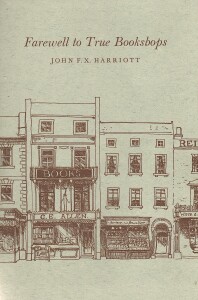
 Found amongst a pile of books at Jot HQ, the pocket-sized ‘Patience Strong ‘Quiet Corner ‘calendar for 1955 with its sepia photographs of ‘ picturesque ‘ spots in England. We had almost forgotten that publishers still used sepia photographs as late as this, but then remembered the lifeless and dispiriting photographs of landscapes and empty streets in Arthur Mee’s ‘King’s England’ series of county guide books. No wonder the county guides published by Shell from 1934 were regarded as such a welcome change from these dreary volumes. Mee’s totally predictable descriptions of towns and villages in each county were matched by Strong’s trite and cliché-ridden verse formatted as prose in her calendar and exemplified in ‘ The Sunlit Way ‘which accompanied a traffic-free photo of a ‘ quiet corner of old Warwick ‘ on the page for January 1955.
Found amongst a pile of books at Jot HQ, the pocket-sized ‘Patience Strong ‘Quiet Corner ‘calendar for 1955 with its sepia photographs of ‘ picturesque ‘ spots in England. We had almost forgotten that publishers still used sepia photographs as late as this, but then remembered the lifeless and dispiriting photographs of landscapes and empty streets in Arthur Mee’s ‘King’s England’ series of county guide books. No wonder the county guides published by Shell from 1934 were regarded as such a welcome change from these dreary volumes. Mee’s totally predictable descriptions of towns and villages in each county were matched by Strong’s trite and cliché-ridden verse formatted as prose in her calendar and exemplified in ‘ The Sunlit Way ‘which accompanied a traffic-free photo of a ‘ quiet corner of old Warwick ‘ on the page for January 1955.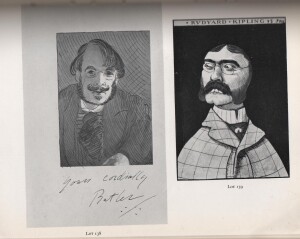

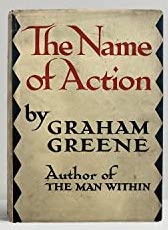
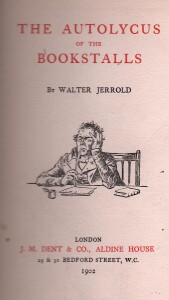 We at Jot 101 had not imagined the travel writer and biographer Walter Jerrold ( 1865 – 1929 ) to be a frequenter of second-hand bookstalls, but there he is as an unabashed collector of ‘unconsidered trifles ‘ in Autolycus of the Bookstalls (1902), a collection of articles on book-collecting that first appeared in The Pall Mall Gazette, Daily News, the New Age, and Londoner.
We at Jot 101 had not imagined the travel writer and biographer Walter Jerrold ( 1865 – 1929 ) to be a frequenter of second-hand bookstalls, but there he is as an unabashed collector of ‘unconsidered trifles ‘ in Autolycus of the Bookstalls (1902), a collection of articles on book-collecting that first appeared in The Pall Mall Gazette, Daily News, the New Age, and Londoner.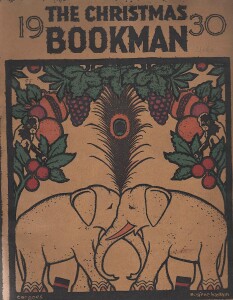
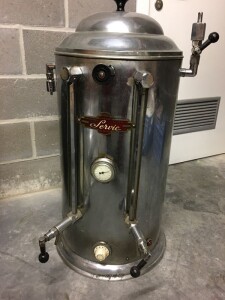

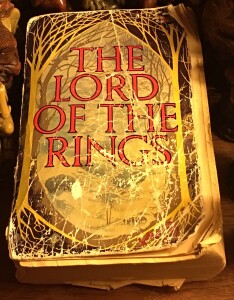
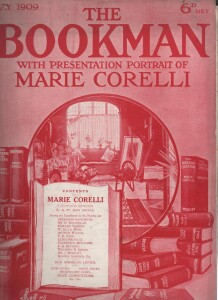

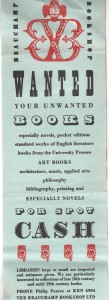 Beauchamp Bookshop of 15a Harrington Road, which was once located by South Kensington station in SW London. Its most striking quality is the boldness of the two colours ( red and black) used for the various period typefaces on display. To someone who grew up in the Swinging Sixties, when designers took inspiration from Victorian (and even older) typefaces and decorative flourishes, it could date from that time. However, the telephone number featured (KEN 6904) might quite equally suggest a slightly earlier date, though the fact that the all-number system began in London in 1966 doesn’t help us much. Some specialist magazines devoted to design, such as Signatureand the Penrose Magazine, were experimenting with typefaces in the forties and fifties. Indeed, the fact that the Beauchamp Bookshop wished to buy books on bibliography and printing suggests that the owner, Mr Philip Pearce, had an active interest in book design. It is telling too that his special need to acquire ‘ late 18thand early 19thcentury books ‘ betrayed a fondness for well printed and well designed books from this pioneering era of fine printing.
Beauchamp Bookshop of 15a Harrington Road, which was once located by South Kensington station in SW London. Its most striking quality is the boldness of the two colours ( red and black) used for the various period typefaces on display. To someone who grew up in the Swinging Sixties, when designers took inspiration from Victorian (and even older) typefaces and decorative flourishes, it could date from that time. However, the telephone number featured (KEN 6904) might quite equally suggest a slightly earlier date, though the fact that the all-number system began in London in 1966 doesn’t help us much. Some specialist magazines devoted to design, such as Signatureand the Penrose Magazine, were experimenting with typefaces in the forties and fifties. Indeed, the fact that the Beauchamp Bookshop wished to buy books on bibliography and printing suggests that the owner, Mr Philip Pearce, had an active interest in book design. It is telling too that his special need to acquire ‘ late 18thand early 19thcentury books ‘ betrayed a fondness for well printed and well designed books from this pioneering era of fine printing.
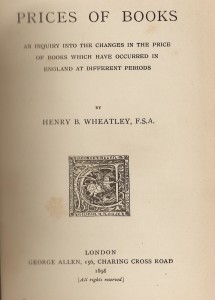 H.B.Wheatley’s Prices of Books (1898) is a real eye opener, not just for the prices realised by truly great and important books, but also for those works which today would not fetch ( in real terms) anything like the sums that our Victorian forebears might have paid.
H.B.Wheatley’s Prices of Books (1898) is a real eye opener, not just for the prices realised by truly great and important books, but also for those works which today would not fetch ( in real terms) anything like the sums that our Victorian forebears might have paid.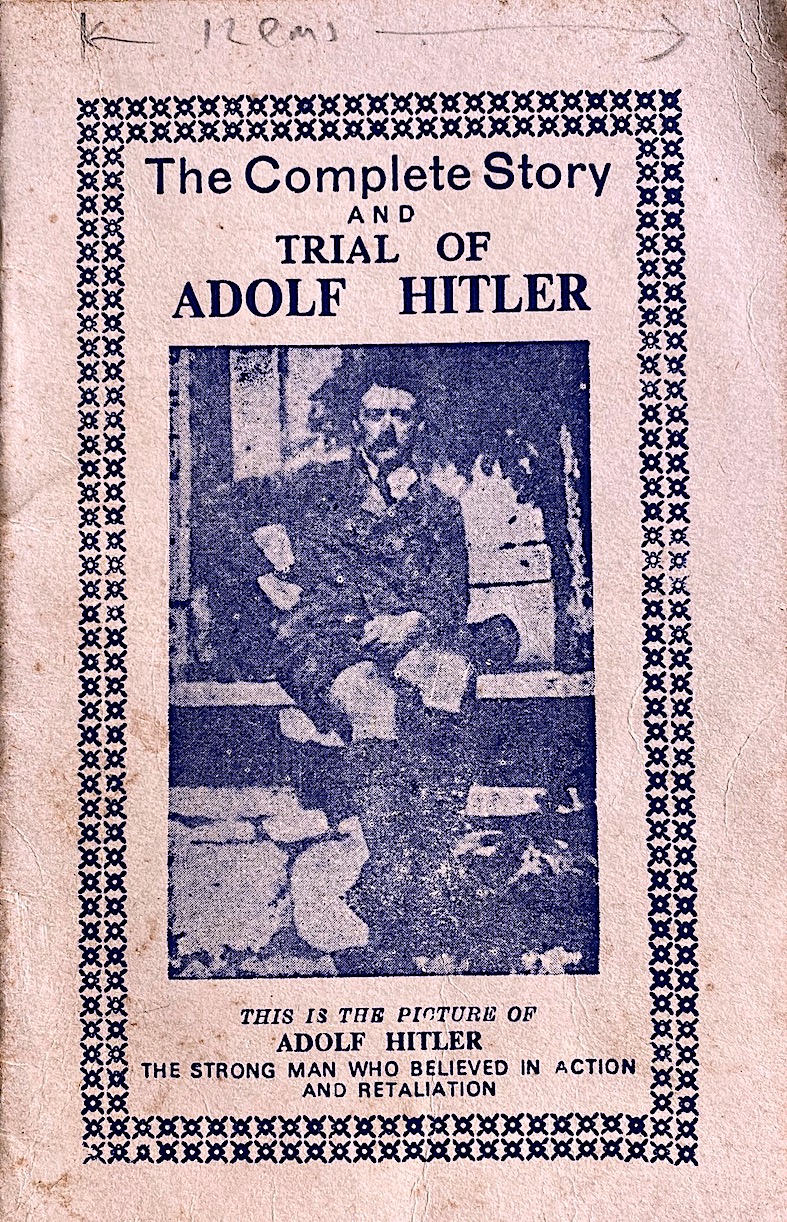
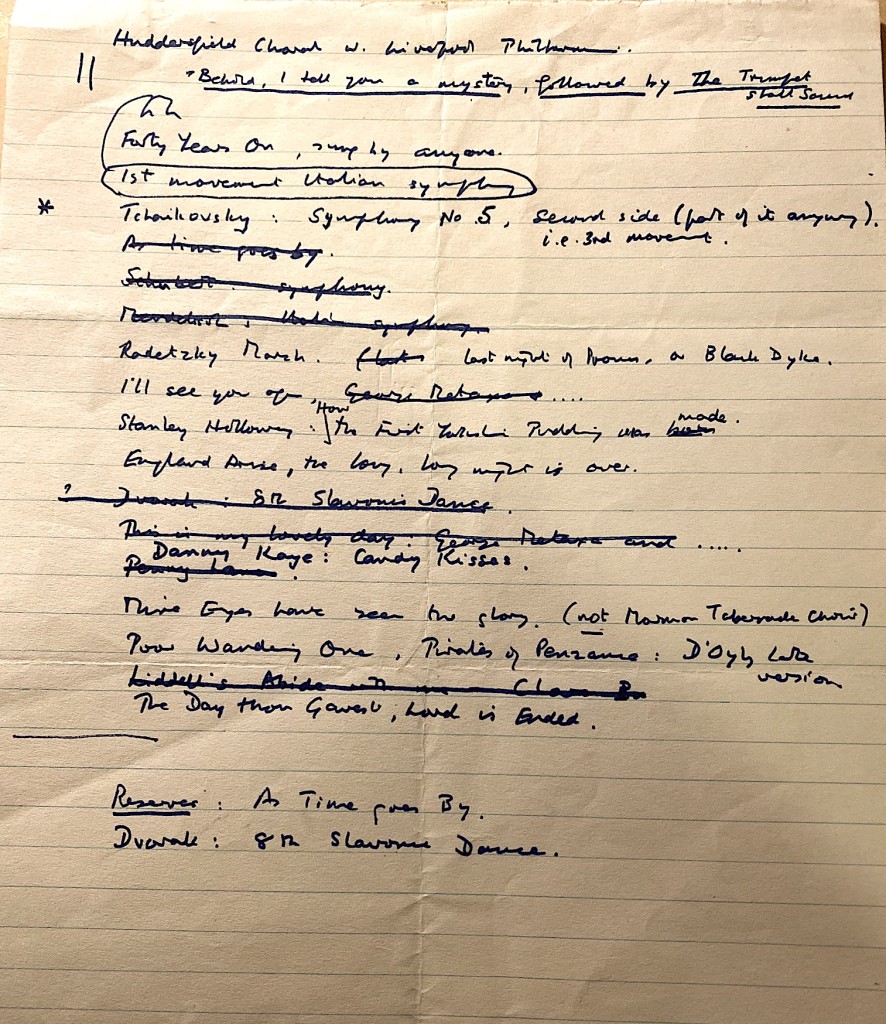
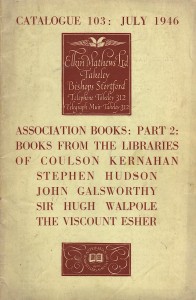 near Bishops Stortford, probably contained descriptions of books and manuscripts by one of the directors, Ian Fleming, an avid book collector. It’s tempting to imagine the future creator of James Bond trawling through some of the items in the catalogue in search of likely material.
near Bishops Stortford, probably contained descriptions of books and manuscripts by one of the directors, Ian Fleming, an avid book collector. It’s tempting to imagine the future creator of James Bond trawling through some of the items in the catalogue in search of likely material.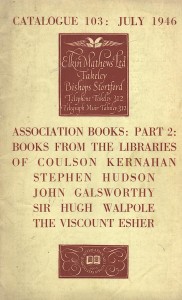 was issued by the well-established book dealer Elkin Mathews Ltd in July 1946, just a year or so after the close of the Second World War.
was issued by the well-established book dealer Elkin Mathews Ltd in July 1946, just a year or so after the close of the Second World War.